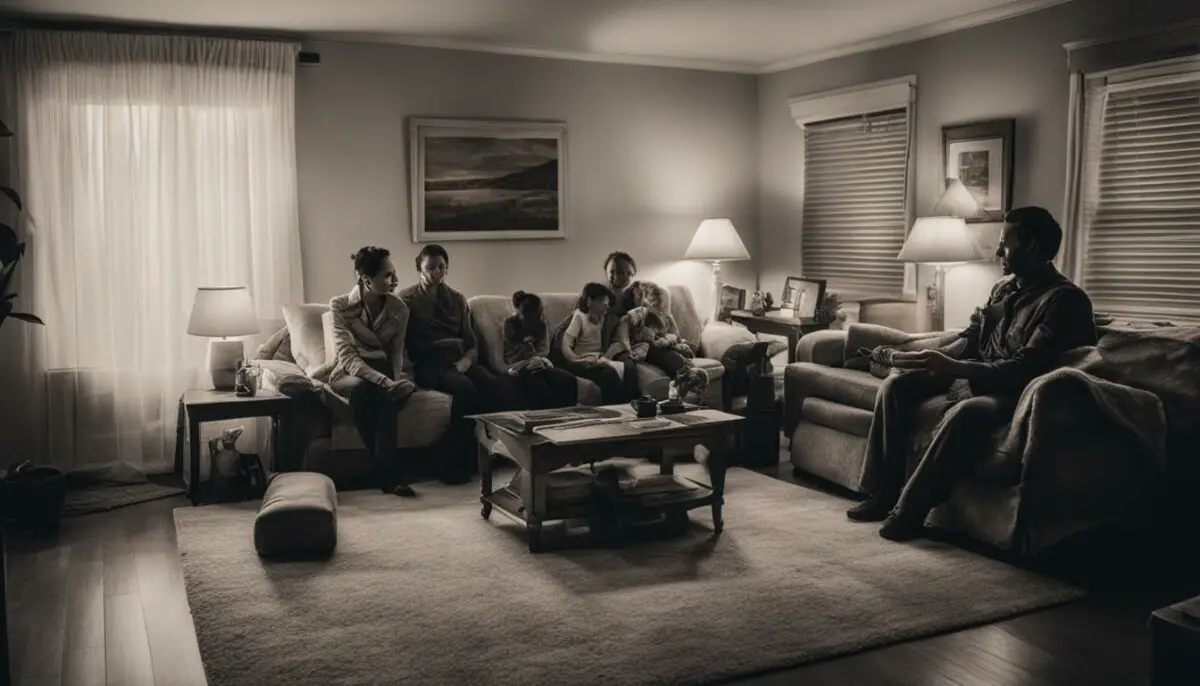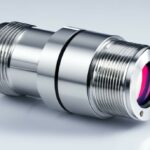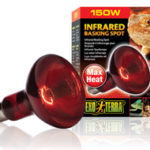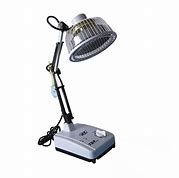Last Updated on 6 months by Francis
When it comes to monitoring your baby, safety is of utmost importance. Many parents turn to child monitor infrared cameras for convenience and peace of mind. But are these cameras really safe for your little one? Let’s take a closer look at the safety considerations surrounding child monitor infrared cameras.
Child monitor infrared cameras, while popular, may not provide the level of safety and functionality needed for effectively monitoring your baby’s nursery. Unlike dedicated baby monitors, these cameras lack important features such as temperature sensors, sound-sensitive lights, and the ability to play soothing lullabies. Their wide angle of view may not be ideal for focusing on the sleeping child, and their primary purpose is to detect intruders rather than monitor babies.
It’s crucial to weigh the potential risks and benefits before choosing a monitoring solution for your baby. Let’s explore the reasons why security cameras may not be the safest option as baby monitors.
Contents
Key Takeaways:
- Child monitor infrared cameras lack important features like temperature sensors and sound-sensitive lights.
- The wide angle of view of security cameras may not be ideal for focusing on the sleeping child.
- Security cameras are designed for detecting intruders, not monitoring babies.
- Choosing a dedicated baby monitor with specialized functionalities and safety features is crucial for ensuring the health and safety of your baby.
- Safety should be the top priority when selecting a monitoring solution for your little one.
Reasons Not to Use Security Cameras as Baby Monitors
Using security cameras as baby monitors may seem like a convenient option, but there are several reasons why it is not recommended. Firstly, security cameras often have alarms that are designed to scare away intruders. While this feature may be useful for security purposes, it can be disruptive to a sleeping baby. The sudden loud noises can startle the baby and disrupt their sleep patterns, which is not ideal for their development.
Another reason not to use security cameras as baby monitors is their wide-angle view. Security cameras are typically meant to monitor large areas and detect intruders, so they have a wide field of view. However, this is not ideal for focusing on a specific sleeping child. Baby monitors, on the other hand, are designed with a narrow focus to keep a close eye on the baby without capturing unnecessary background distractions.
In addition, security cameras lack important features that dedicated baby monitors have. Baby monitors often come with built-in temperature sensors and sound-sensitive lights, which are crucial for maintaining a safe sleeping environment for the baby. These features help parents monitor the temperature and noise levels in the nursery to ensure optimal comfort for the baby’s sleep. Security cameras, being primarily designed for detecting intruders, do not offer these essential features.
Using security cameras as baby monitors may seem like a convenient option, but there are several reasons why it is not recommended.
Furthermore, the lack of lullaby-playing capabilities is another disadvantage of security cameras as baby monitors. Many baby monitors are equipped with the ability to play soothing lullabies or white noise to help the baby fall asleep. This can be a great aid in creating a calm and comforting sleep environment for the baby. However, security cameras do not have this feature, making them less suitable for monitoring and soothing a sleeping baby.
In summary, while security cameras may have their benefits for home security, they are not suitable substitutes for dedicated baby monitors. The alarms, wide-angle view, lack of essential features, and absence of lullaby-playing capabilities make security cameras less effective in monitoring and ensuring the overall safety and comfort of a sleeping baby.
| Reasons Not to Use Security Cameras as Baby Monitors |
|---|
| Disruptive alarms meant for scaring intruders can startle and disrupt the baby’s sleep patterns. |
| Wide-angle view of security cameras is not ideal for focusing on a specific sleeping child. |
| Security cameras lack important features such as temperature sensors and sound-sensitive lights for maintaining a safe sleeping environment. |
| Security cameras do not have the capability to play soothing lullabies or white noise. |
Why Parents Choose Security Cameras over Baby Monitors
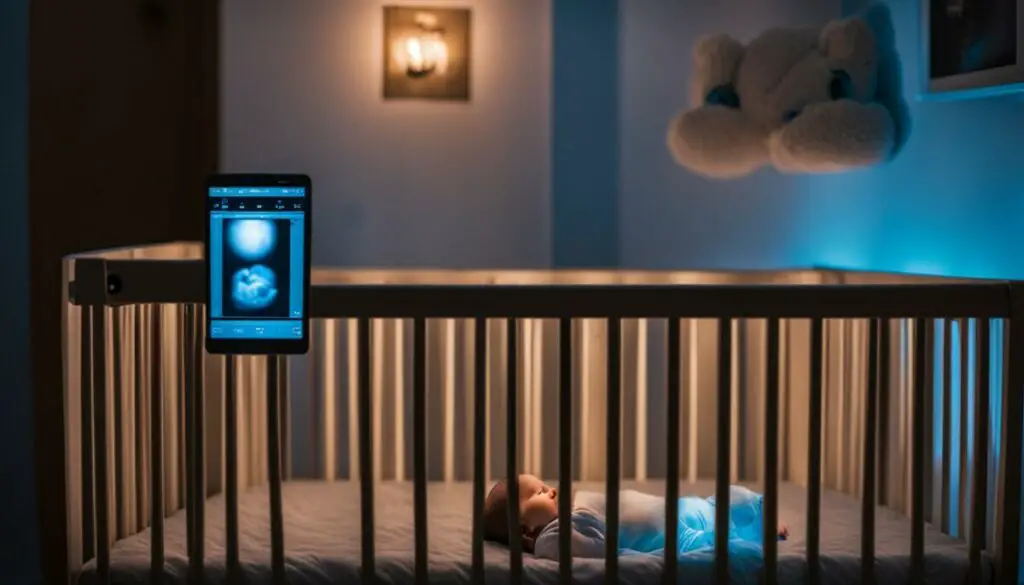
Despite the limitations and potential risks, some parents still choose to use security cameras as baby monitors. One of the main reasons is convenience. With a Wi-Fi enabled camera, parents can easily monitor their sleeping children using a smartphone app, offering them flexibility and peace of mind. The ability to check on their baby from anywhere in the house or even remotely while they are away is a significant advantage that dedicated baby monitors may not provide.
Another reason is cost. Security cameras may be more affordable compared to dedicated baby monitors. For parents on a tight budget, security cameras offer a cost-effective solution for monitoring their baby’s nursery without breaking the bank. This affordability factor makes security cameras an attractive option for many families.
However, it’s essential to note that using security cameras as baby monitors may come with potential drawbacks and risks. Parents should carefully consider the limitations and safety concerns before deciding on the monitoring solution that best suits their needs.
Comparison of Baby Monitors and Security Cameras
| Criteria | Baby Monitors | Security Cameras |
|---|---|---|
| Specialized Features | Temperature sensors, sound-sensitive lights, lullaby playback | Lack these features |
| Field of View | Narrow angle for focused monitoring | Wide angle for detecting intruders |
| Alarm | Designed to soothe baby | Meant to scare away intruders |
| Radio Frequencies | Low emission, specific to baby monitoring | May emit harmful levels of radiation |
While security cameras may offer convenience and affordability, dedicated baby monitors provide specialized features and safety measures designed specifically for monitoring infants. When it comes to ensuring the well-being of your baby, it’s important to prioritize their health and safety by choosing a monitoring device that is specifically tailored for their needs.
Best Alternative Baby Monitors to Consider
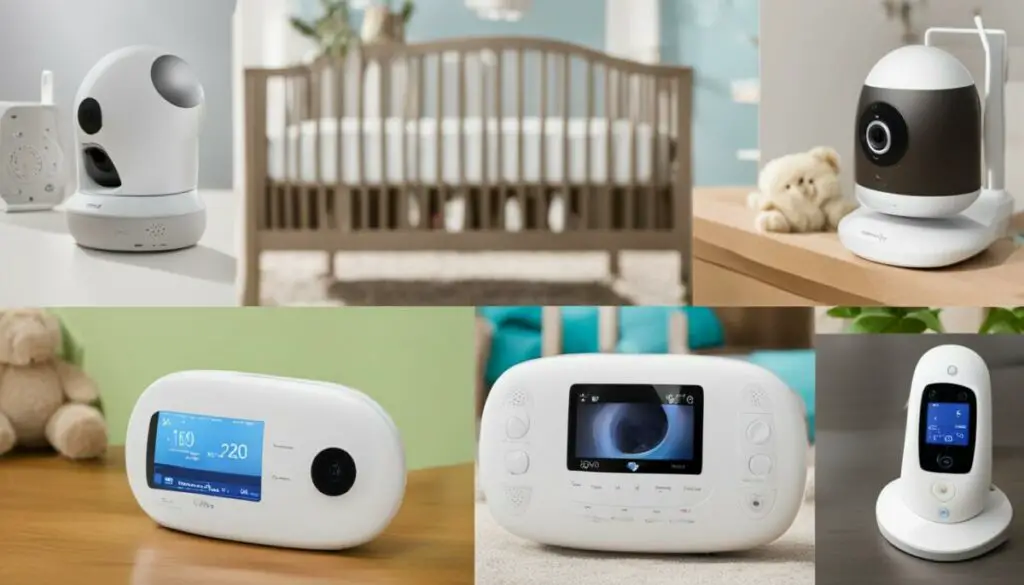
When it comes to choosing a baby monitor, there are several options available that offer different features and functionalities. Here, we have compiled a list of the best alternative baby monitors to consider, based on customer reviews and expert recommendations.
Audio Monitors
If you’re looking for a simple and affordable option, audio monitors are a great choice. They provide real-time audio monitoring of your baby’s room, allowing you to hear your baby’s sounds and cries. Some models even offer additional features like two-way communication, temperature monitoring, and night lights. Popular audio monitors on the market include the VTech DM221 and the Infant Optics DXR-5 Portable Video Baby Monitor.
Video Monitors
For parents who want to keep a watchful eye on their baby, video monitors provide an added level of reassurance. These monitors come with a camera that allows you to see your baby as well as hear them. Many video monitors offer features like pan and tilt, infrared night vision, temperature sensors, and lullaby playback. Top-rated video monitors include the Motorola MBP33S Wireless Video Baby Monitor and the Infant Optics DXR-8 Video Baby Monitor.
Smart Monitors
If you’re tech-savvy and want a more connected monitoring experience, smart monitors are the way to go. These monitors connect to your smartphone or tablet, allowing you to monitor your baby from anywhere. In addition to video and audio monitoring, smart monitors often offer advanced features like motion detection, room temperature alerts, and the ability to capture photos and videos. Some popular smart monitors include the Nanit Plus Smart Baby Monitor and the Owlet Smart Sock 3 Baby Monitor.
Before making a decision, consider the specific needs of your family and the features that are most important to you. It’s also helpful to read customer reviews and compare the specifications of different models to find the best fit for you and your baby. Remember, the safety and well-being of your little one should always be the top priority when choosing a baby monitor.
Health Safety of Baby Monitors

When it comes to the health and safety of our babies, it’s important to consider the potential risks associated with the use of baby monitors, especially those with video capabilities. Baby monitors emit radio frequencies that may pose health hazards, particularly to babies who are more sensitive to electromagnetic radiation. Research conducted by the International Agency for Research on Cancer suggests that all radio frequencies are a possible cause of cancer. In light of this, concerns have been raised about the high levels of radiation exposure from baby monitors that operate on frequencies similar to microwaves and Wi-Fi routers.
Exposure to high levels of radiation from baby monitors, especially those with video functions, can have various potential dangers and side effects. Babies with developing brains and bodies may experience incomplete brain development, disruption of sleep cycles, and negative impacts on the immune and reproductive systems. These risks highlight the importance of understanding how to minimize radiation exposure and protect our little ones.
To reduce the risks associated with high levels of radiation emitted by baby monitors, there are precautions parents can take. It is recommended to opt for low-frequency monitors that use analog frequency modulation as they emit lower levels of radiation. However, it’s important to note that these monitors may have lower signal quality compared to digital monitors. Placing the monitor at a safe distance from the baby’s bed, ideally at least 6 feet away, can also minimize exposure to radiation. Additionally, following general safety practices such as using strong passwords, running updates, and ensuring the monitor is still supported by the manufacturer can further enhance security.
How to Protect Your Baby from Monitor Radiation
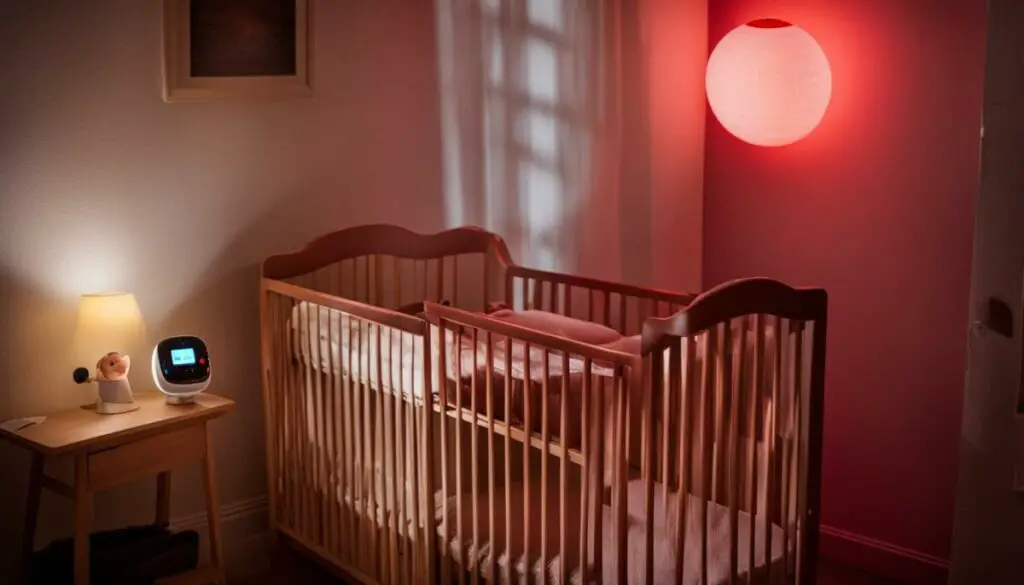
When it comes to using baby monitors, it’s important to take precautions to minimize the potential risks associated with high levels of radiation. By following some simple steps, you can create a safer environment for your baby:
- Opt for low-frequency monitors: Choose baby monitors that use analog frequency modulation, as they emit lower levels of radiation compared to digital monitors.
- Keep the monitor at a safe distance: Place the monitor at least 6 feet away from your baby’s bed to reduce exposure to electromagnetic radiation.
- Use general safety practices: Ensure your baby monitor is password-protected and regularly update its firmware to enhance security. Additionally, check if the manufacturer continues to support the monitor.
By implementing these precautions, you can help protect your baby from potential radiation risks associated with baby monitors.
“Ensure your baby monitor is password-protected and regularly update its firmware to enhance security.”
Safe Baby Monitor Models
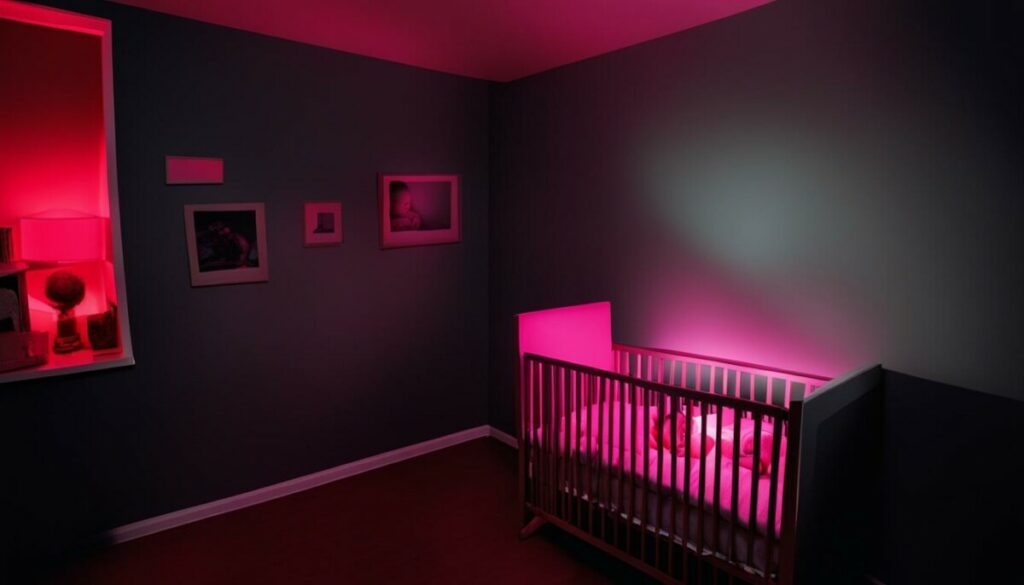
When it comes to choosing a baby monitor that prioritizes both security and functionality, there are some safe options available on the market. These low-emission baby monitor models can provide peace of mind for parents while limiting exposure to electromagnetic frequencies. Here are some recommended models:
Low-Emission Analog Baby Monitors
Low-emission analog baby monitors emit the lowest levels of radiation among all baby monitor types. While they may only transmit sound, they offer a safe and reliable option for monitoring your baby’s nursery. These monitors typically use analog frequency modulation, which emits lower levels of radiation compared to digital monitors. Although the signal quality may not be as high as digital monitors, the reduction in radiation exposure makes them a popular choice for safety-conscious parents.
Low-Emission Digital Baby Monitors
Low-emission digital baby monitors provide an alternative option for parents who prefer the convenience of video monitoring. These monitors utilize varying frequencies, allowing for the reduction of electromagnetic frequencies through voice-activated features. While they emit slightly higher levels of radiation compared to analog monitors, they still offer a significantly safer alternative to standard security cameras used as baby monitors.
By opting for a low-emission baby monitor, you can minimize interference and limit your baby’s exposure to potentially harmful electromagnetic frequencies. It’s essential to prioritize the health and safety of your baby when selecting a monitoring solution, and these safe baby monitor models offer a reliable choice for peace of mind.
Considerations for Using IR Cameras as Baby Monitors
When it comes to using infrared (IR) cameras as baby monitors, there are a few important considerations for parents to keep in mind. While IR cameras are generally safe for monitoring babies, it is crucial to ensure that they are used correctly to minimize any potential risks. By following these guidelines, parents can confidently use IR cameras to monitor their baby’s nursery.
Positioning the Camera
First and foremost, it is essential to position the IR camera at a safe distance from the baby. This helps to minimize any potential exposure to the infrared light emitted by the camera. Placing the camera at a distance of at least three to six feet away from the baby’s crib is recommended. This ensures that the intensity of the infrared light is within safe limits and does not pose any harm to the baby’s eyes.
Reducing IR Power Output
Another consideration is to reduce the power output of the IR camera. Many IR cameras come with adjustable settings that allow users to control the intensity of the infrared light. By lowering the power output to an appropriate level, parents can further minimize any potential risks. It is important to refer to the manufacturer’s instructions and guidelines for adjusting the IR power output to ensure safe usage.
Overall, using IR cameras as baby monitors can provide parents with peace of mind and convenience. By positioning the camera at a safe distance and reducing the IR power output, parents can ensure the safety and well-being of their baby while using an IR camera as a monitoring device.
Conclusion
When it comes to ensuring the safety of your baby, dedicated baby monitors are the best choice. While security cameras may seem convenient and cost-effective, they lack the important features and specialized functionalities that are specifically designed for monitoring infants in their nurseries.
Dedicated baby monitors offer temperature sensors, sound-sensitive lights, and the ability to play lullabies, creating a safe and comfortable sleeping environment for your little one. They also have a narrower angle of view, allowing you to focus on your sleeping baby without any distractions.
When choosing a monitoring solution, it’s important to prioritize the health and safety of your baby. By opting for a dedicated baby monitor, you can have peace of mind knowing that you are providing the best care and protection for your little one.
FAQ
Are wireless security cameras suitable for monitoring a baby’s nursery?
No, wireless security cameras lack important features such as temperature sensors, sound-sensitive lights, and the ability to play lullabies. They also have a wide angle of view, which is not ideal for focusing on a sleeping child. Additionally, security cameras are designed for detecting intruders rather than monitoring babies.
Why should security cameras not be used as baby monitors?
Security cameras often have alarms that are meant to scare away intruders, which can be disruptive to a sleeping baby. Their wide angle of view may not be suitable for focusing on the baby. They lack built-in temperature sensors and sound-sensitive lights, which are important for maintaining a safe sleeping environment. Lastly, security cameras do not have the capability to play lullabies to soothe the baby to sleep.
What are the main types of baby monitors to consider?
There are three main types of baby monitors: audio monitors, video monitors, and smart monitors. Audio monitors are relatively cheap and offer useful features. Video monitors provide a camera and a parent unit for monitoring the baby, with additional features like temperature sensors and sound-sensitive lights. Smart monitors offer even more flexibility, allowing parents to use the parent unit, a mobile app, or both.
Do baby monitors emit radiation?
Yes, baby monitors, especially those with video capabilities, emit radio frequencies that may pose potential health hazards to babies. Babies, with their developing brains and bodies, are more sensitive to the effects of electromagnetic radiation.
How can I reduce the risks associated with high levels of radiation emitted by baby monitors?
It is recommended to opt for low-frequency monitors that use analog frequency modulation as they emit lower levels of radiation. Place the monitor at a safe distance from the baby’s bed, ideally at least 6 feet away. Additionally, following general safety practices such as using strong passwords, running updates, and ensuring the monitor is still supported by the manufacturer can further enhance security.
Are infrared (IR) cameras safe to use as baby monitors?
Yes, infrared cameras pose minimal risks when used as baby monitors. IR is just light and, at appropriate intensities, it is not harmful to the eyes. Keeping the camera at a safe distance from the baby and reducing the IR power output can further minimize any potential risks.
Why should I choose a dedicated baby monitor over a security camera?
Dedicated baby monitors offer specialized functionalities and safety features that are specifically designed for monitoring infants in their nursery. Ensuring the health and safety of babies should be the priority when choosing a monitoring solution.

